quatrefoil (ˈkætrəˌfɔɪl)
— noun
1. a leaf composed of four leaflets
2. a carved ornament having four foils arranged about a common centre, esp. one used in tracery
This is a quatrefoil:
Sometimes its lobes overlap a little less…
Sometimes it has barbs…
And it’s everywhere.
The quatrefoil is embroidered on bedding, plastered on wallpaper, and used as ornamental details…
It’s even patterned on public garbage cans.
It is found in gothic and gothic-style churches, such as the National Cathedral in Washington, DC…

…and also in more modern churches.
It’s in domestic architecture as well, in mansions on Rhode Island, on the mission-style roofs in California, and decorating victorian homes from coast to coast.
The quatrefoil has been re-interpreted and re-contextualized in a phenomenon to which architectural and art historians refer as “iconographical drift.” The associations with the shape are constantly shifting depending on where it’s used, who is using it, and what purpose it is used for.
Yet no matter where it’s used, it implies the same thing: fanciness.
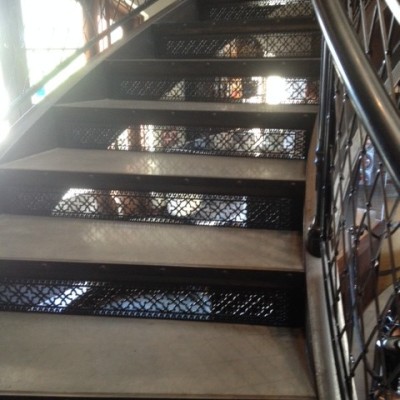
Very little is definitively known about how the quatrefoil came to signify fancy. Hardly anyone has written about it specifically — though it’s probable that it has roots in Islamic architecture.
The quatrefoil and similar arabesque shapes appear in Moorish and Islamic structures in Spain, Turkey, and all across the Middle East, dating back before the Renaissance.

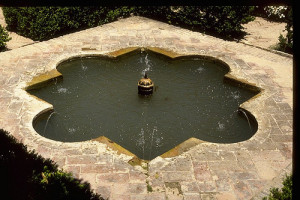
The quatrefoil presumably made its way to Europe by way of the Silk Road. It was carved and printed on small and easily-transportable objects such as carpets, velvets, and silks brought into Europe as luxury objects.
Quatrefoil motifs — especially in three-dimensional objects — require a high degree of mathematical skill and craftsmanship to successfully execute. And so as the quatrefoil made its way to Europe, it was incorporated into buildings that known for the grandeur: cathedrals. Quatrefoils were often used in tracery, the stone frames around stained glass.
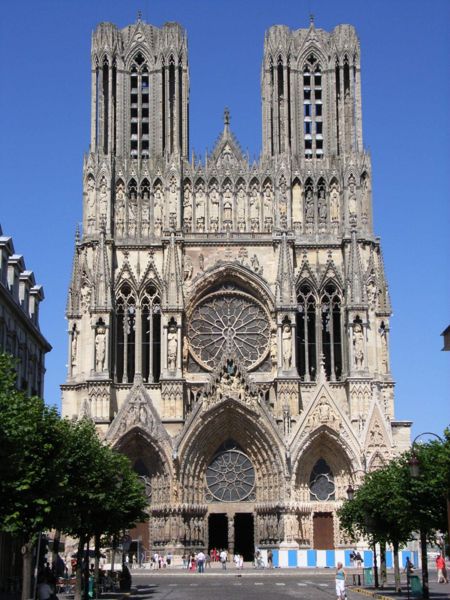
By virtue of appearing in Christian houses of worship, the quatrefoil came to take on a Christian meaning–the four lobes could signify the four evangelists, or it could be seen as a stylized crucifix. But this symbolism likely only arose after the symbol was already in place.
Quatrefoils also began to appear in opulent secular structures, such as the Doge’s Palace in Venice.
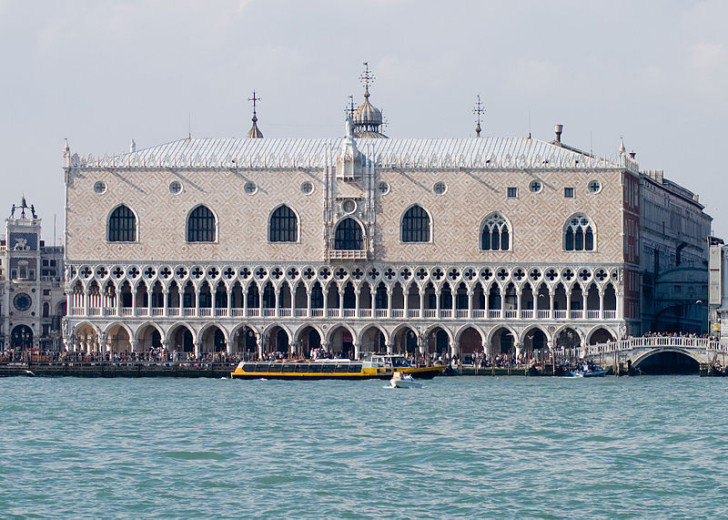
Yet when we see quatrefoils in modern architecture or wallpaper or handbags, it’s not so much a reference to Gothic architecture, or their Islamic precursors, but rather the Gothic Revival from the 19th Century.
The industrial revolution was in full swing. People were seeking style inspiration from the pre-industrial era as a way of harkening back to “simpler times.”
At the time, designers were looking for inspiration in the past and around the globe. They traveled, seeking out patterns, motifs, and shapes that they found inspiring. They published their findings in pattern books. One of the most famous of such pattern books wasThe Grammar of Ornament by an architect named Owen Jones.
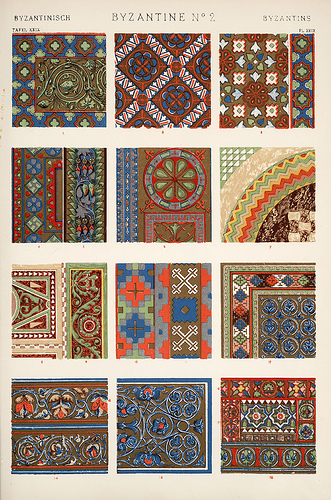
The Grammar of Ornament is pages and pages of pure pattern, adapted from buildings all over the world. It became a kind of encyclopedia of design for architects, masons, and craftsmen.
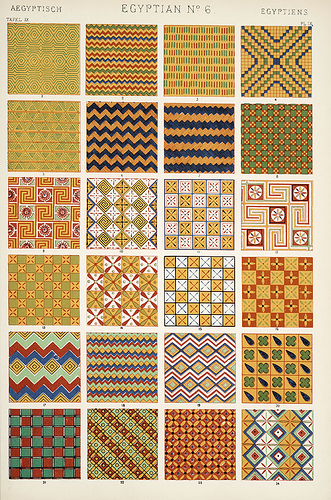
These books — The Grammar of Ornament, in particular — disconnected design from function. Tilework, fabric, and architectural ornamentation were all flattened and put side by side on the printed page.
And many of those forms that Owen Jones documented were quatrefoils.
Jones’s’ pattern book is still in print, and designers still use these pattern books for inspiration. Whether they know it or not.
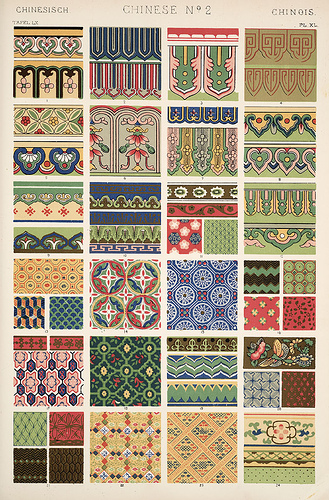
Today, part of the Quatrefoil’s fancy symbolism comes from the modern luxury brands that have associated with it. Many of which are clamoring to own it
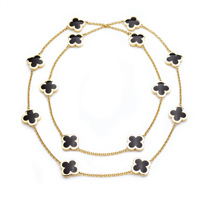
Louis Vuitton had a lawsuit over use of the quatrefoil. Luxury jeweler David Yurman trademarked the word quatrefoil. Another company, Van Cleef and Arpels, is fiercely litigious over its copyright claim to the shape. All of these brands are testament to the appeal of the form of the quatrefoil, which seems to be more widespread than that of its sibling, the trefoil, which has three connected circles, not four.
Speaking of trefoils, the Girl Scout shortbread cookies are known as Trefoils, even though they’re actually quatrefoils. Four lobes. Count ’em.

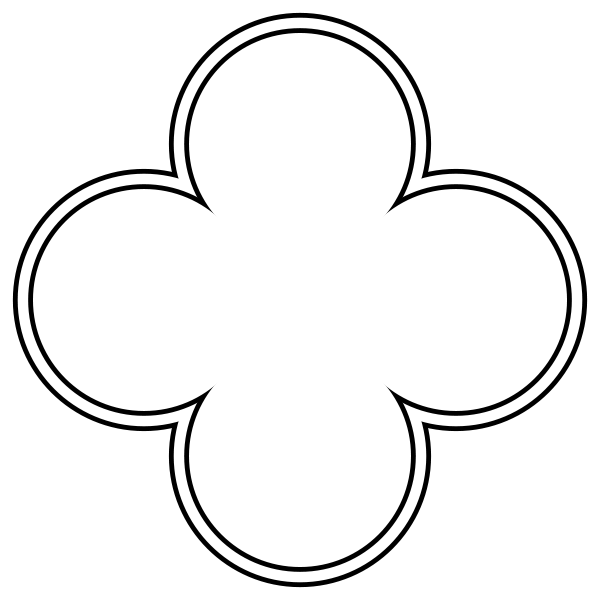
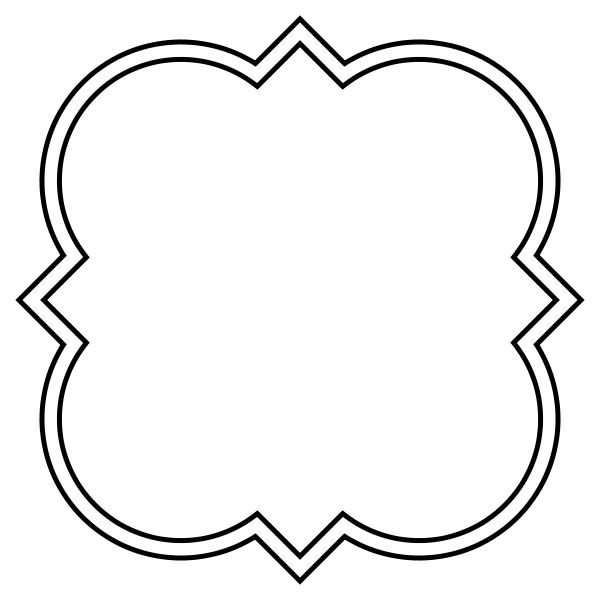
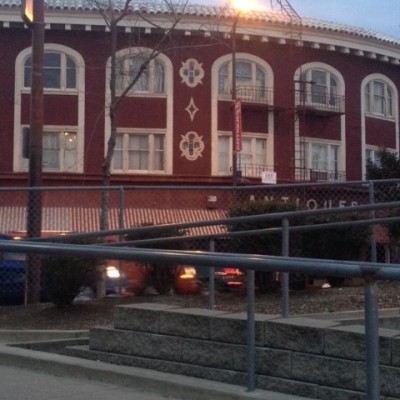
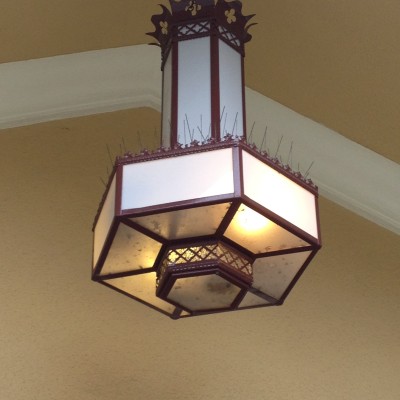
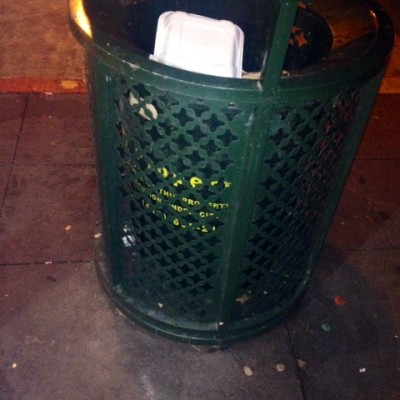
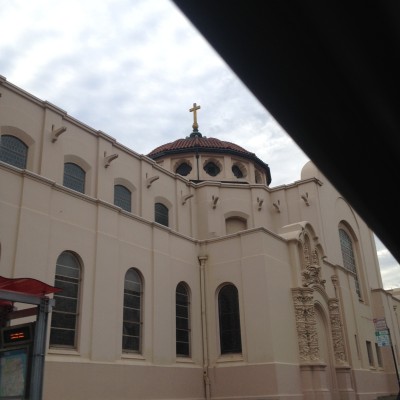
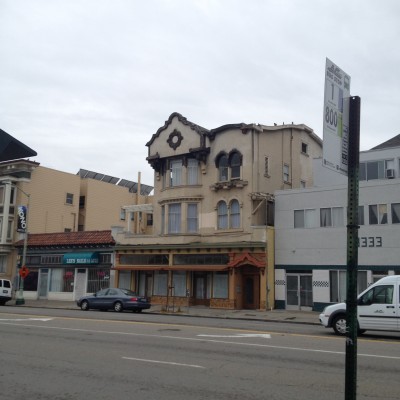

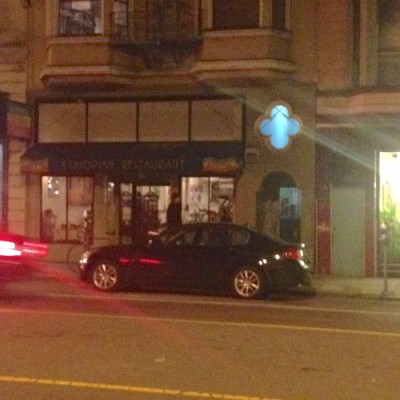
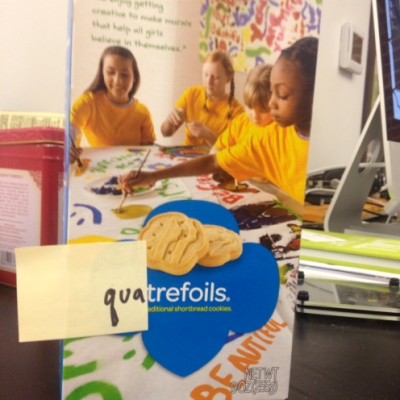



Comments (18)
Share
Those patterns from The Grammar of Ornament will look very familiar to anyone who grew up watching ’70s-era Sesame Street, as some of them seem to be the inspiration for the patterns in the middle section of the One-to-Twenty Raga animation (numerous copies of which are on YouTube, for example this one: https://www.youtube.com/watch?v=3wS_8pZLfs0 ), which features numerous ornate and beautiful quatrefoil designs.
Awesome episode!
Just a quick thing: your link to Arcsine is broken.
There is another place where the quatrefoil shows up: on the tops of the hats of Marine Corps officers. Supposedly it was put there so Marine Corps snipers in the rigging of sailing ships would know who not to shoot at, and even if it is not true I still like the story.
Terrific episode! Perhaps other listeners would like to know: I found the complete Grammar of Ornament at the University of Wisconsin’s Digital Library for the Decorative Arts and Material Culture. One can download scans of every page.
http://digital.library.wisc.edu/1711.dl/DLDecArts.GramOrnJones
thank you for that. yay for open digitized books!
I started listening first and wanted to see – I got the email and now I understand – I will go back to the podcast to finish – thanks for being so awesome!
Quatrefoils are not strictly an Old World invention but were also used in the ancient Americas. Check out Monument 9 from the site of Chalcatzingo in Mexico where the quatreoil shape is used to symbolize caves or mountains. (http://www.doaks.org/resources/publications/doaks-online-publications/social/social10.pdf)
This was a great episode! I think part of the reason this form became so common in the pre-industrial age that was sort of missed is that this form, while sometimes difficult to create, as your guest/office mate alluded to, is quite easy to lay out; particularly for the geometry-based, dividers and straight-edge style of design that predates a more numerical-based type of work.
Author George Walker has been writing a lot recently (including a recent book with Jim Tolpin) about the ideas of proportion and geometric-based design as opposed to numerical work, but largely from the smaller, furniture-builders perspective, although he mentions a lot of historical literature on the architecture side of things, (which is where traditional furniture design often evolved from) Spending an afternoon making constructions and proportions with dividers and straight edges was enlightening as a craftsperson, and quite delightful. I feel like there’s some sort of nugget in the idea of this that would make something really neat for 99PI, just no idea how you make geometry work on the radio . ..
i just finished a project, it is a silicon holder for cosmetic brushes, It has quatrefoil pattern. We liked this one for it flexibility and ability to accommodate different sizes but also there was something classy and universally appealing about it.
now i understand!
thanks for a great episode.
https://www.quirky.com/products/765-zen-cosmetics-the-art-of-organization/timeline
If it’s what I think it is, I really appreciate the Portlandia reference– paraphrasing from the Introduction from “The Grammar of Ornament,” “don’t just put a bird on it.” Such a nice, low-key reference. Thanks for that.
put a bird on it!! portlandia!
Great Episode! Just discovered you guys today, and I’ve already listened to 10 of them. Very entertaining and informative.
The Neil Simon Theater, formerly The Alvin, Lounge Ceiling – 250 w52nd St, NYC. So many quatrefoils. http://thehopefultraveler.blogspot.com/2011/07/venue-neil-simon-theatre-nabs-catch-me.html
I believe I have found the ancient origin of the quatrefoil. It is the floorplan of Hagia Sophia, the Byzantine church. Check out my essay on this at http://personal.stevens.edu/~dvaccari/Vaccari%20-%20Sancta%20Sophia.pdf.
Anyone have clues about what a red quatrefoil pin with the number 28 in the middle of it is from?
I was going to comment way back when it aired, but that week my 3 year old daughter grabbed one of the shapes from her Melissa & Doug play set and asked me it’s name was. I kid you not, it was the quatrefoil and I only knew what it was because I had just heard the episode. She already knew the other ones and just like didn’t know what the quatrefoil was. True story!
I feel like I’m seeing them everywhere now…great episode!
The quatrefoil has been an important shape for me:
http://fourcircles.org/
Enjoyed this podcast vey much.